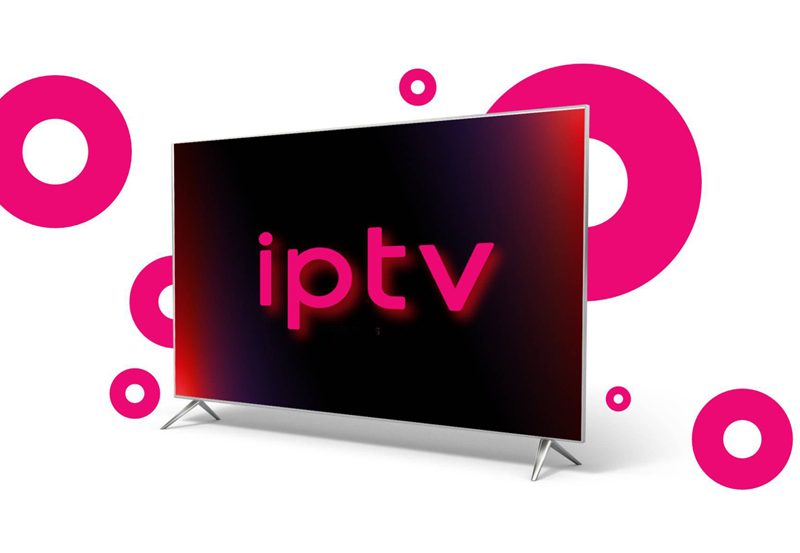Streaming IPTV (Internet Protocol Television) has transformed how we consume entertainment, providing on-demand access to movies, TV shows, and live events. However, the high-quality streaming experience comes with significant data usage, which can be a concern for users with limited bandwidth or metered connections. Fortunately, there are effective strategies to optimize data usage while maintaining a satisfying IPTV streaming experience. In this article, we will explore practical tips and techniques to reduce data consumption without compromising on quality.
Buy 1 Year IPTV and Enjoy Unlimited Content
1. Adjust Streaming Quality Settings
One of the simplest ways to reduce data usage is to lower the streaming resolution. Most IPTV services allow users to choose video quality settings, such as 480p, 720p, 1080p, or even 4K. Streaming in lower resolutions significantly reduces data consumption while still delivering a clear picture. For example, 480p uses approximately 0.5 GB per hour, compared to 3 GB for 1080p and 7 GB for 4K. If your connection supports it, switching to 720p can strike a balance between quality and data savings.
2. Enable Adaptive Bitrate Streaming
Many IPTV platforms offer adaptive bitrate streaming, which dynamically adjusts the video quality based on your internet speed. This ensures smooth playback without buffering while optimizing data usage. Enabling this feature is particularly beneficial for users with fluctuating network speeds, as it prevents unnecessary data consumption during low-bandwidth periods.
3. Download Content for Offline Viewing
Some IPTV platforms allow users to download content for offline viewing. This feature is especially useful for managing data usage, as you can download shows or movies using a Wi-Fi connection and watch them later without consuming additional data. Offline viewing is ideal for long commutes or areas with poor network coverage.
4. Monitor Data Usage
Keeping track of your data consumption can help you identify patterns and optimize streaming habits. Many devices and IPTV apps have built-in data usage tracking tools, while third-party apps can provide detailed insights into your bandwidth usage. Regular monitoring ensures you stay within your data limits and adjust your settings proactively.
5. Optimize Your Internet Connection
A stable and efficient internet connection minimizes data wastage. For IPTV streaming, prioritize a wired Ethernet connection over Wi-Fi whenever possible, as it provides a more consistent connection. If using Wi-Fi, ensure that your router is placed in an optimal location with minimal interference from walls or other electronic devices. Upgrading to a higher-speed plan may also help if you frequently experience buffering or lags.
6. Close Background Applications
Background apps running on your streaming device can consume bandwidth, leading to increased data usage. Before starting an IPTV session, close unnecessary applications or processes to free up bandwidth for your streaming needs. This ensures smoother playback and prevents hidden data consumption.
7. Limit Auto-Play Features
Many IPTV platforms automatically play the next episode in a series or display previews of other content. While this enhances user engagement, it can also consume additional data. Disabling auto-play features or previews reduces unnecessary data usage, allowing you to stay in control of your streaming.
Reviewing the Latest IPTV Set-Top Boxes
8. Use Data-Saving Modes
Some IPTV services offer a “data saver” mode designed to optimize video playback for minimal data consumption. Activating this mode reduces the bitrate and resolution of videos, making it a useful option for users on mobile networks or limited data plans.
9. Schedule Streaming During Off-Peak Hours
Streaming during peak hours can lead to network congestion, causing buffering and increased data usage as the system retries downloads. Watching content during off-peak hours when internet traffic is lower ensures smoother streaming and potentially lower data consumption.
10. Utilize a VPN with Bandwidth Optimization
Using a Virtual Private Network (VPN) can enhance your IPTV experience by bypassing bandwidth throttling imposed by some internet service providers. A VPN encrypts your data and ensures uninterrupted streaming. Choose a high-quality VPN service with servers optimized for streaming to maintain efficiency.
Conclusion
Reducing data usage while streaming IPTV is about striking the right balance between quality and efficiency. By implementing these strategies, you can optimize your IPTV experience, save bandwidth, and enjoy uninterrupted entertainment. Whether you’re streaming on a smart TV, mobile device, or desktop, these tips ensure that your viewing habits remain sustainable and cost-effective.
IPTV vs. Satellite TV: A Comparative Analysis





